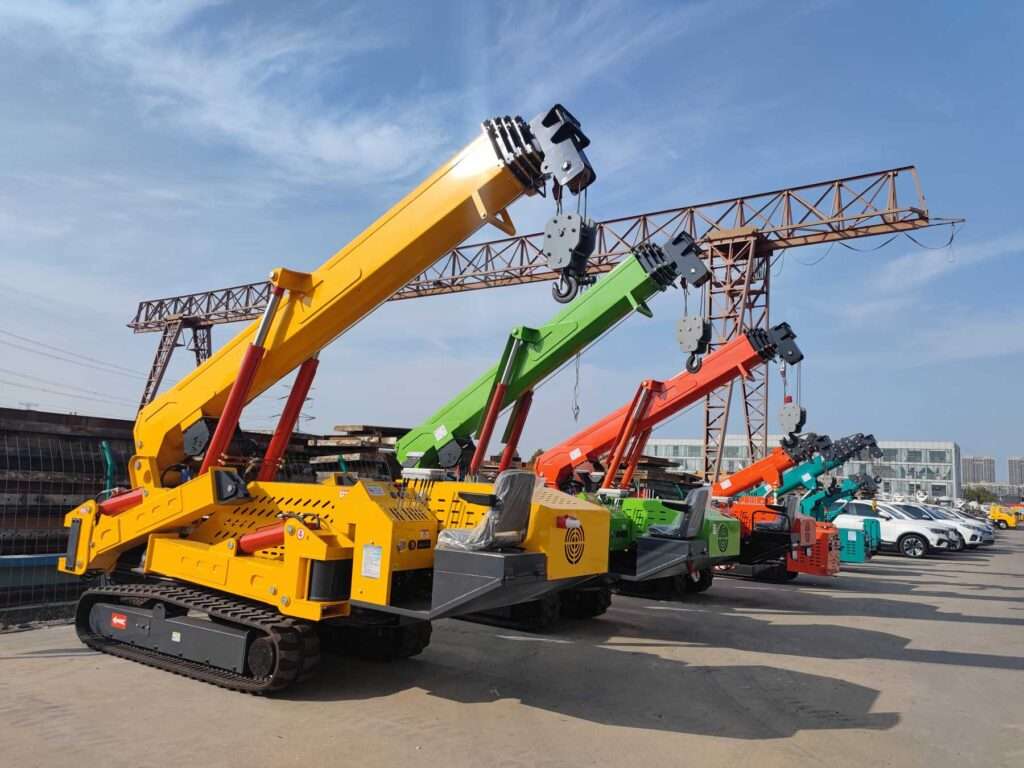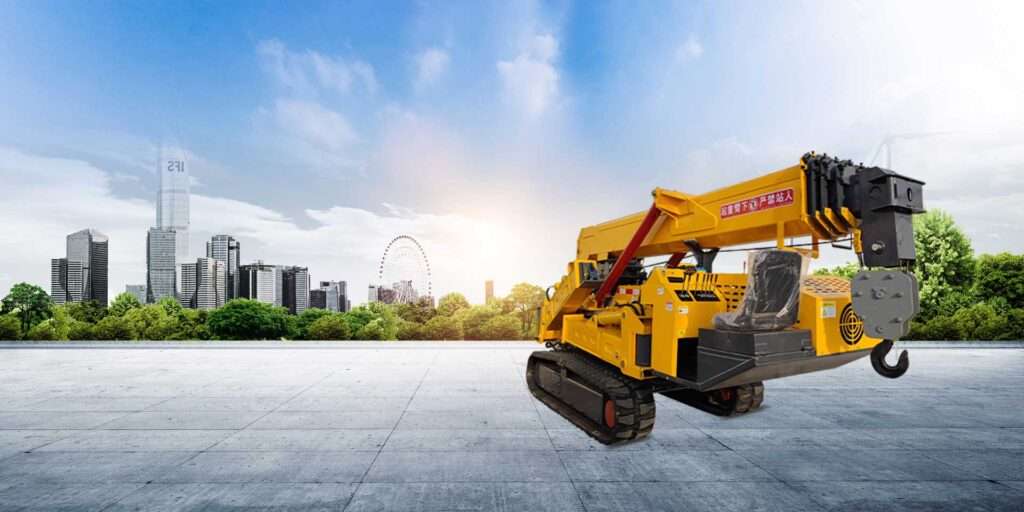Introduction
Welcome to our comprehensive guide on evaluating spider crane suppliers. In today’s construction and industrial projects, the choice of a reliable supplier can significantly impact project efficiency and success. In this guide, we’ll delve into the essential factors to consider when evaluating spider crane suppliers, empowering you to make informed decisions that align with your project needs and goals.
Understanding Your Project Requirements

Before embarking on the evaluation journey, it’s imperative to meticulously delineate the requirements of your project. This preliminary step serves as the foundation upon which the entire selection process is built. To elucidate further, we’ll delve into the pivotal aspects to ponder, encompassing not only the immediate necessities but also the overarching vision of the endeavor.
Load Capacity: Delve into the intricacies of your project’s load demands, considering both current and potential future requirements. Assess the weight specifications of the materials or equipment that the spider crane will be tasked with lifting. Factor in any variations in load size or type throughout the project’s lifecycle to ensure the chosen crane can handle the anticipated workload effectively.
Reach: Explore the spatial dynamics of your project site to determine the requisite reach of the spider crane. Evaluate the height and horizontal distance that the crane needs to cover to access various areas of the site. Consider any obstacles or obstructions that may impact the crane’s maneuverability and adjust the reach criteria accordingly.
Terrain Conditions: Conduct a thorough analysis of the terrain where the spider crane will be deployed. Take into account factors such as ground stability, inclination, and surface texture. Assess how these terrain characteristics may affect the crane’s mobility, stability, and overall performance. Choose a spider crane equipped to handle the specific challenges posed by the project site’s terrain conditions.
Operational Environment: Consider the broader operational environment in which the spider crane will operate. Evaluate factors such as climate conditions, proximity to other structures or equipment, and regulatory requirements. Anticipate any environmental constraints or limitations that may influence the choice of crane and ensure compatibility with the project’s operational framework.
Assessing Supplier Reputation and Reliability
When it comes to selecting a spider crane supplier, the reputation and reliability of the supplier are of utmost importance. A supplier’s reputation speaks volumes about their credibility, integrity, and ability to deliver on promises. In this section, we’ll delve deeper into various methods and considerations for assessing a supplier’s reputation and reliability.
Online Reviews and Testimonials: One of the most accessible ways to gauge a supplier’s reputation is by perusing online reviews and testimonials. Platforms like Google, Yelp, and industry-specific forums often feature candid feedback from past clients. Pay close attention to recurring themes and patterns in the reviews, noting both positive endorsements and any recurring concerns or complaints. Additionally, testimonials provided on the supplier’s website can offer valuable insights into the experiences of previous customers.
References from Past Clients: Requesting references from past clients is another effective way to evaluate a supplier’s reputation. Reach out to these references directly to inquire about their experiences working with the supplier. Ask specific questions about the supplier’s reliability, communication, and overall satisfaction with the service provided. Hearing firsthand accounts from previous clients can provide invaluable perspective and help validate the supplier’s claims.
Track Record for Timely Delivery: Timely delivery is crucial in the construction industry, where project timelines are often tight and delays can have cascading effects. Assess the supplier’s track record for meeting delivery deadlines, particularly in similar projects or scenarios. Look for evidence of consistent and reliable performance in delivering equipment on schedule, as this reflects the supplier’s commitment to customer satisfaction and project success.
Equipment Maintenance and Quality: Beyond delivery timelines, evaluate the supplier’s approach to equipment maintenance and quality control. A reputable supplier will prioritize the upkeep and servicing of their equipment to ensure optimal performance and safety. Inquire about the supplier’s maintenance protocols, frequency of inspections, and adherence to industry standards. A well-maintained fleet of spider cranes signifies
Examining Equipment Quality and Innovation
In this section, we delve into the crucial significance of evaluating the quality and innovation of equipment provided by a spider crane supplier, recognizing their direct influence on project outcomes. We explore a spectrum of factors, ranging from safety features to technological advancements, and adherence to industry standards. Additionally, we emphasize how the integration of innovative features can substantially amplify efficiency and productivity within the operational landscape of a job site.
Quality is the cornerstone of any equipment procurement decision, especially in industries where safety and precision are paramount. When assessing the quality of spider cranes, it’s imperative to scrutinize various aspects such as build materials, engineering standards, and manufacturing processes. High-quality equipment not only withstands rigorous operational demands but also ensures longevity, minimizing downtime and maintenance costs.
Safety features play a pivotal role in mitigating risks associated with crane operations. Robust safety mechanisms, including overload protection systems, emergency stop functionalities, and comprehensive operator training protocols, are indispensable elements of modern spider crane design. These features not only safeguard personnel and assets but also instill confidence in project stakeholders regarding adherence to stringent safety standards.
Technological advancements have revolutionized the landscape of crane operations, enhancing precision, control, and automation capabilities. Integration of GPS tracking systems, remote monitoring functionalities, and real-time diagnostics empowers operators with invaluable insights into equipment performance and maintenance needs. Moreover, advancements in telemetry and sensor technologies enable predictive maintenance, preemptively identifying potential issues before they escalate into critical failures.
Evaluating Customer Service and Support
Effective customer service and support are essential for a smooth and successful project experience. This section will discuss the importance of evaluating a supplier’s customer service offerings, including accessibility, responsiveness, and after-sales support. We’ll provide practical tips for assessing customer service quality and ensuring ongoing support throughout the project lifecycle.
| Customer Service Aspect | Importance | Evaluation Tips |
|---|---|---|
| Accessibility | High | 1. Check if the supplier offers multiple channels for communication such as phone, email, live chat, etc. 2. Assess their response time during business hours and off-hours. 3. Determine if there are language barriers that might hinder effective communication. |
| Responsiveness | High | 1. Send test inquiries to gauge response time and quality. 2. Look for evidence of proactive communication and problem-solving. 3. Seek feedback from past customers regarding their experiences with the supplier’s responsiveness. |
| After-sales Support | High | 1. Inquire about the availability of technical support after the project is completed. 2. Check if the supplier provides warranties, guarantees, or maintenance agreements. 3. Evaluate the supplier’s track record in addressing post-project issues and concerns. |
Comparing Pricing and Payment Terms

In this section, we will delve into the multifaceted aspect of pricing and payment terms when assessing spider crane suppliers. While acknowledging that cost shouldn’t be the sole deciding factor, it remains a pivotal consideration in procurement decisions. We’ll explore various strategies for effectively comparing quotes from different suppliers, ensuring transparency, and understanding the full financial implications. Additionally, we’ll examine alternative financing arrangements, leasing options, and the importance of striking a balance between upfront costs and long-term value.
Pricing transparency is crucial for making informed decisions and avoiding unforeseen expenses. When evaluating quotes, it’s essential to scrutinize not only the initial purchase price but also any potential hidden costs, such as shipping fees, taxes, or additional accessories. Requesting itemized breakdowns and clarifications on pricing discrepancies can help ensure a clear understanding of the total cost of ownership.
Leasing options provide flexibility for businesses with budget constraints or fluctuating project demands. By opting for leasing arrangements, companies can access high-quality spider cranes without substantial upfront investments. Assessing lease terms, including monthly payments, lease duration, and buyout options, allows stakeholders to evaluate the financial viability and align leasing agreements with project timelines and budgets.
Financing arrangements offer another avenue for managing capital expenditure and spreading costs over time. Exploring financing options, such as installment plans or equipment financing programs, enables businesses to acquire necessary equipment while preserving cash flow. Evaluating interest rates, repayment schedules, and eligibility criteria empowers stakeholders to select financing solutions tailored to their financial objectives and constraints.
Conclusion
In conclusion, selecting the right spider crane supplier requires careful consideration of multiple factors, including project requirements, supplier reputation, equipment quality, customer service, and pricing. By following the guidelines outlined in this guide and conducting thorough evaluations, you can confidently choose a supplier that meets your project needs and contributes to its success.
FAQ
Q: How do I determine the right spider crane size for my project?
A: Assess your project’s load capacity, reach, and terrain conditions to determine the appropriate spider crane size. Consult with a reputable supplier for expert guidance based on your specific requirements.
Q: What should I look for in a supplier’s track record?
A: Look for evidence of timely delivery, equipment reliability, and customer satisfaction in a supplier’s track record. References from past clients can provide valuable insights into a supplier’s performance.
Q: How can I ensure ongoing support from the spider crane supplier throughout my project?
A: Prioritize suppliers who offer comprehensive after-sales support, including maintenance assistance, troubleshooting services, and readily available customer service channels. Clarify expectations regarding support services before finalizing your agreement with the supplier.

